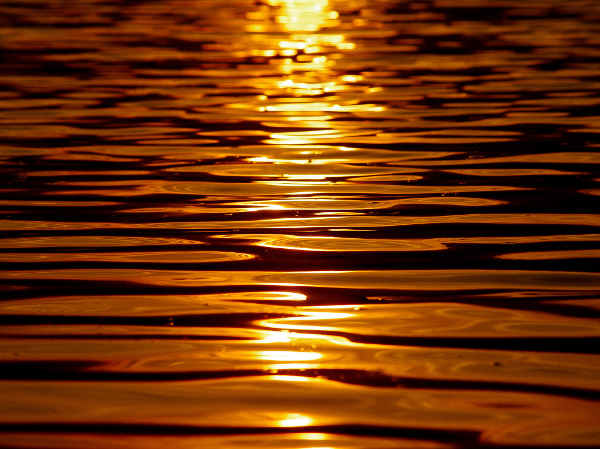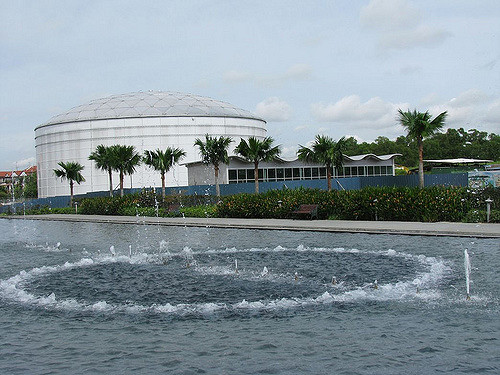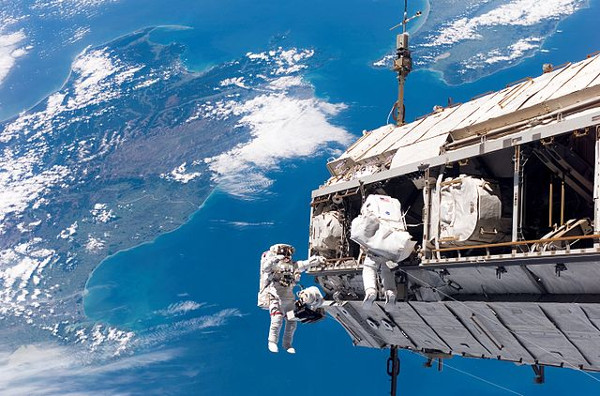Wastewater as a resource: it’s practically gold
By Brie Nelson
This World Water Day, let’s admit the term ‘wastewater’ is a bit of a misnomer for at least two reasons: first, wastewater can contain real gold and second, it plays a valuable role in our lives.
When it comes to municipal wastewater, in addition to the natural amounts of metals found in water, metals come from a variety of sources including clothing with odor-deterrent metal microfibers, cosmetics and pharmaceuticals. Industrial processes also use water for operations including manufacturing, extraction and cooling, which, among other activities, can result in the transportation of metal particles in wastewater.
It is fascinating to note that a wastewater treatment plant in Nagano Japan has adapted processing to extract gold from waste sludge. The plant recovers over 1 kg (2.2 lbs) of gold from 1 metric ton of ash produced by incinerating dried sludge. The region this treatment plant serves has a particularly high mineral content in the water and hosts a large number of metal manufacturing facilities and mines, including a gold mine, which results in the particularly rich wastewater.

“IMGP6516.JPG” by Christina Xu is licenced under CC BY-SA 3.0
Even in less metal-prevalent areas of the world, municipal wastewater contains high amounts of precious metals. In 2015 Scientists at Arizona State University published a study measuring the amounts of heavy metals found in wastewater solids from across the US and calculating how much they would be worth [1]. The study identified the 13 most lucrative elements, not all metals, which they calculated would offer a combined value of $280 per ton of sludge. This may not sound like much, but for a city of one million people that’s $13 million every year, with the additional benefit of making biosolids a less toxic, more versatile resource.
The value of wastewater should not only be measured in the number of ounces of silver or gold that can be extracted, but also in the wealth of its potential as a resource.
In areas where freshwater is scarce, wastewater is a highly valuable resource, providing functions which freshwater typically provides. In many parts of the world human wastewater, even completely untreated, is highly valued for crop irrigation eliminating the need for more expensive fertilizers.
Singapore has limited freshwater availability and is densely populated with the population increasing steadily. This has led to water scarcity challenges that are projected to intensify. In 2000 the first NEWater wastewater treatment plant was completed to supplement Singapore’s drinking water supply. Today Singapore’s water management system is considered one of the most sustainable in the world including five NEWater plants, two desalination plants, four water reclamation plants and eight potable water treatment plants. With increasing demand, NEWater is expected to meet 55% of Singapore’s water demand by 2060.

“NEWater Visitor Centre” a NEWater treatment facility in Singapore by AshStorm is licenced under CC BY-SA 3.0
Windhoek, the capital city of Namibia, has been a global leader in wastewater reuse for decades. The city faced serious water shortages in the first half of the 20th century and built a wastewater treatment and reclamation plant in 1968 that continues to produce potable water. Along with the investment in the actual facility, the city invested in public education and engagement for residents to accept recycled water for drinking. Today the residents have no qualms and the city is proud to be a global leader in wastewater recycling.
Namibia is one of the driest inhabited areas on earth, but in outer space there’s no water at all—this means creating an artificial water cycle with wastewater the key to life.

There’s no water in space, except what you take with you [NASA – Public Domain, https://commons.wikimedia.org/w/index.php?curid=1465324]
While hurtling around the earth, the International Space Station recycles water to keep astronauts alive. All the wastewater from washing and showers is reclaimed, water is extracted from urine, and even water exhaled by the astronauts is captured from the air!
After treatment all the reclaimed water becomes potable quality and is reused by the astronauts. Water reclamation technology for space is continually being developed with the end goal of life support systems that will allow humans to travel to deep space.
Here on our small planet, wastewater is a guaranteed renewable resource. For many regions, including Alberta, we need to change our perspective on wastewater to recognize and appreciate the benefits wastewater brings. Let’s lose the ‘yuck’ factor! As long as there are people there will be wastewater and, today and into the future, we should treat it like gold.
Brie works as an environmental scientist for Alberta WaterSMART and is passionate about ways people can use water better.
[1] Westerhoff, P., Lee, S., Yang, Y., Gordon, G., Hristovski, K., Halden, R. and Herckes, P. (2015). Characterization, Recovery Opportunities, and Valuation of Metals in Municipal Sludges from U.S. Wastewater Treatment Plants Nationwide. Environmental Science & Technology, 49(16), pp.9479-9488.
